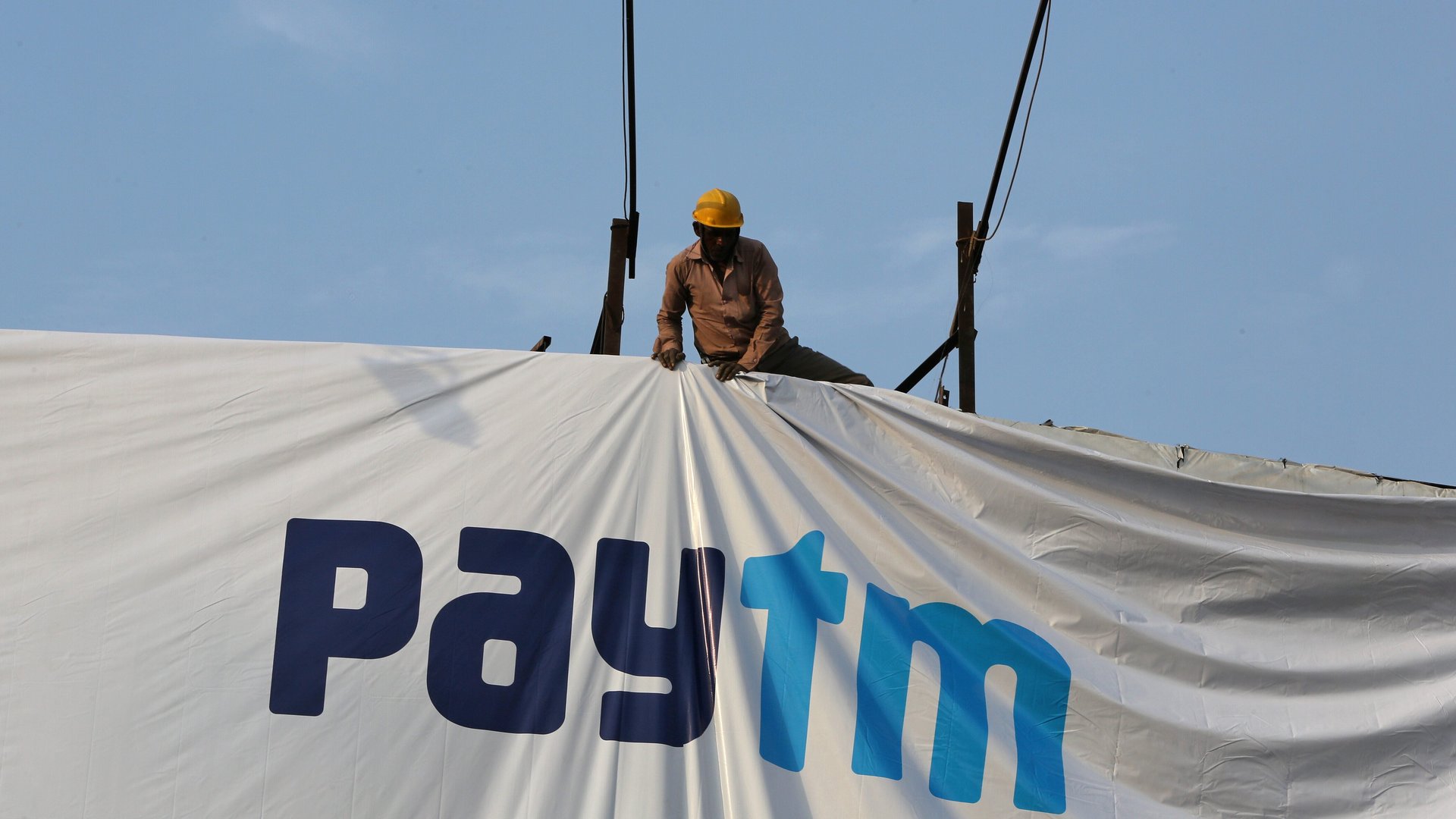“Paytm karo” may be a habit for savvy Indians, but PhonePe’s catching up
Paytm is almost synonymous with digital payments in India right now. But rival PhonePe is catching up fast.


Paytm is almost synonymous with digital payments in India right now. But rival PhonePe is catching up fast.
Now installed on more than half of all smartphones in the country, Softbank-backed Paytm has a far wider reach than rivals, data from Delhi-based market intelligence firm Kalagato show. The firm studied over 1.2 million users for this research.
Among the top six payment apps, Paytm’s relative market share is also the highest.
Yet, it is not a clean sweep. PhonePe, the four-year-old company bought by e-commerce giant Flipkart in April 2016, is catching up fast.
While Paytm’s reach has been somewhat stagnant in the past year, PhonePe upped its share significantly from the earlier 24%. By March this year, four in 10 Indian smartphone users were already using the app.
“Paytm has raised billions and its majority market share reflects that,” Aman Kumar, chief business officer at Kalagato, told Quartz. “PhonePe’s growth, however, is impressive and it seems to be a more capital efficient company.”
As PhonePe scales up merchants on its platform from two million to five million, Walmart, which acquired Flipkart last year, is in prime position to directly benefit.
And payments only scratches the surface for Walmart’s B2B business. “…there are lots of other opportunities in lending or credit solutions to small-time sellers that can be offered. Or we can even look at how to provide value-added services that can increase their footfall and can give them more value,” Rahul Chari, PhonePe’s co-founder and chief technology officer, had told Quartz in March.
Paytm’s upper hand
For now, Paytm’s biggest strength is its ubiquity.
Paytm has a high average transaction frequency coupled with low average transaction value. “Paytm is becoming a habit for consumers who use it for daily items rather than discounts-driven usage. The mission statement “Paytm karo” has been quite successful, said Kumar.
Aside from PhonePe, most other players have failed to cement their positions.
Freecharge has turned out to be among the biggest disappointments, according to Kalagato. In 2017, India’s third-largest of the private-sector bank, Axis Bank, had acquired Freecharge from e-commerce major Snapdeal for Rs 385 crore. Judging by the low reach, it seems like a poor acquisition for the bank, which could’ve possibly built something more robust with its capital and brand name.